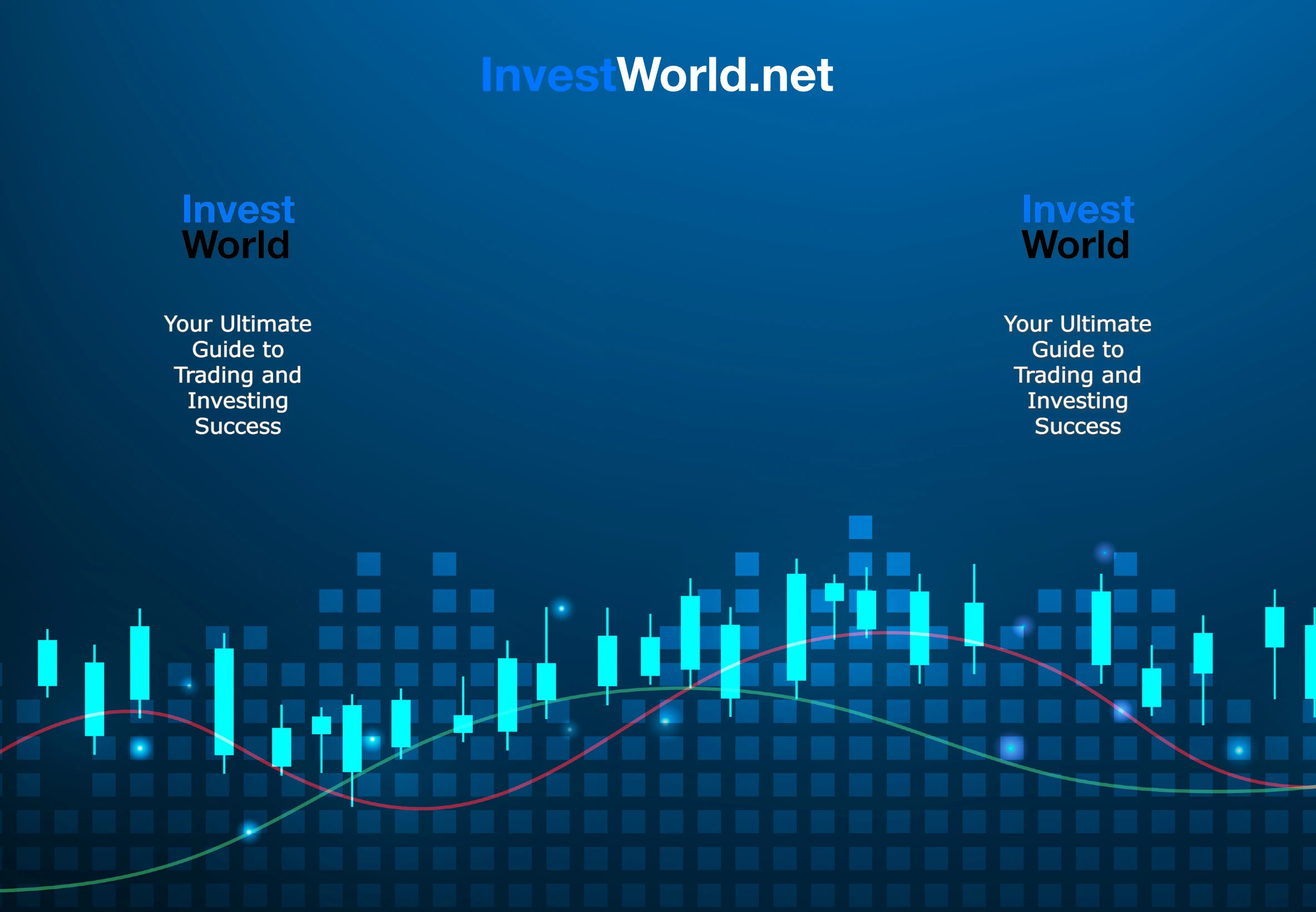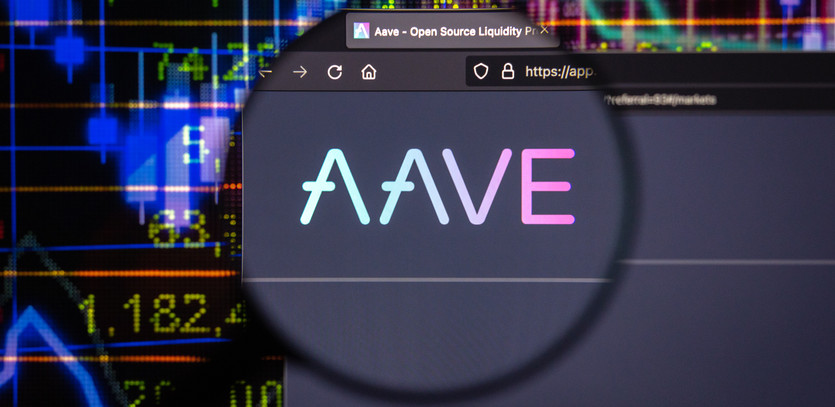The Unforeseen Downturn of Aave's Token
Between July 30 and August 1, the Aave token, the governance token representing the decentralized finance (DeFi) protocol Aave, fell by 17%, sliding to the $62 value. The token price drop has left investors to question the reasons behind this movement.
Liquidation Perils Loom Over DeFi Protocols
Part of the token's downfall can be traced to liquidation risks that were triggered by the recent exploit of the Curve Finance pool that began on July 30. Nevertheless, Aave's decentralized liquidity protocol stood up to previous similar incidents, given its robust Safety Module which holds an impressive deposit of $295.6 million.
Interestingly, Curve's founder, Michael Egorov, is tied to a substantial loan amount of $76.6 million, backed by an impressive 357.3 million Curve DAO (CRV) tokens, as highlighted by Delphi Digital. This represents a staggering 40.5% of total CRV supply and raises potential liquidation concerns for major protocols, including Aave.
Situational Analysis: Aave’s Performance Amid The Curve Token Crisis
Despite this turmoil, the Aave protocol remains steady.

While there may be outstanding loans by influential players, these pose no significant threat as, currently, the liquidation price for the CRV token is $0.37, which is manageable at the moment.
GHO's Impact on AAVE's Performance
Another variable affecting AAVE’s token performance is the stablecoin GHO, which has been consistently trading below the $1 peg since its launch. The absence of DeFi integration, coupled with limited farming opportunities for GHO, has disincentivized borrowers from holding onto the token. This has resulted in higher trading in other stablecoins, thereby causing the GHO stablecoin to depeg on decentralized exchanges.
Aave Stays Steady Despite Challenges
Despite recent setbacks and controversies, Aave remains a solid contender in the DeFi space. With its resilient protocol fees, substantial insurance fund, and significant total value locked, Aave is well armed to weather market fluctuations.
While Aave's annualized revenue is currently lower than some competitors, the protocol's higher fees provide an opportunity for revenue growth in the future. All these signify the solid groundwork and potential Aave has for continued success in the DeFi landscape.




